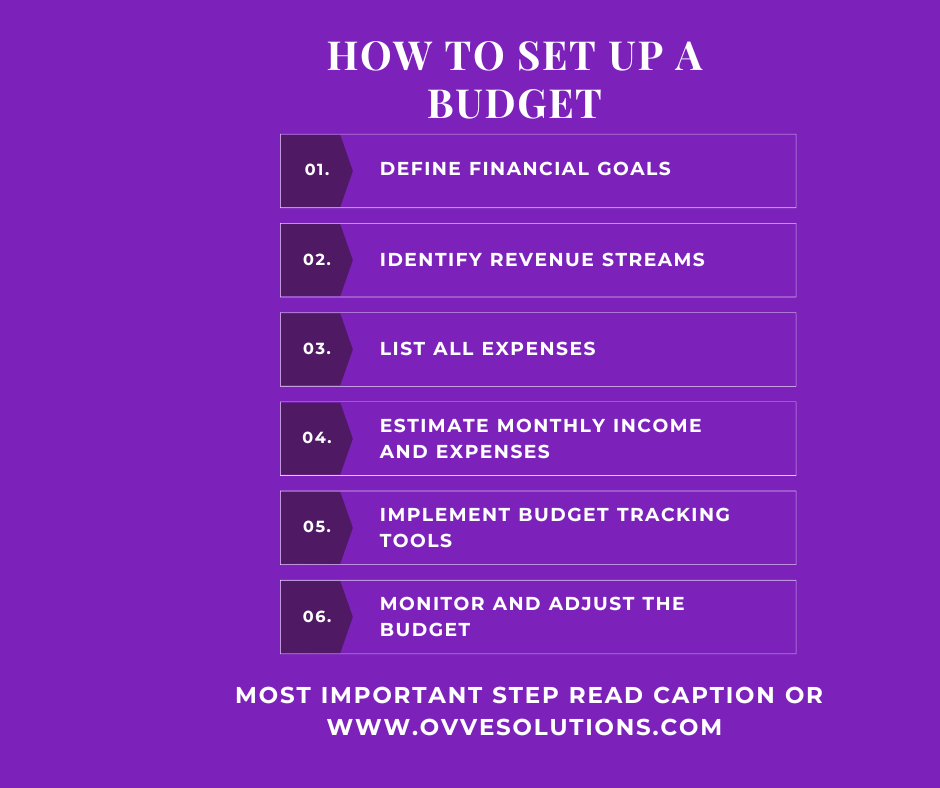
Setting up a budget is essential for financial stability and growth.
Steps to Set Up a Budget:
1. Define Financial Goals
• Short-Term Goals: Monthly and quarterly targets for revenue, expenses, and profit.
• Long-Term Goals: Annual financial targets, expansion plans, and savings goals.
2. Identify Revenue Streams
• Client Fees: Income from therapy sessions, consultations, and group sessions.
• Insurance Reimbursements: Payments received from insurance companies.
• Grants and Funding: Any grants or external funding received.
• Workshops and Seminars: Revenue from conducting workshops, seminars, or training programs.
3. List All Expenses
• Fixed Costs:
• Rent/Mortgage: Monthly rent or mortgage payments for the practice space.
• Salaries and Wages: Payments to therapists, administrative staff, and other employees.
• Utilities: Electricity, water, internet, and phone services.
• Insurance: Professional liability insurance, property insurance, and health insurance for employees.
• Variable Costs:
• Office Supplies: Stationery, therapy materials, and other office supplies.
• Marketing and Advertising: Costs associated with promoting the practice.
• Professional Development: Training, workshops, and conferences for staff.
• Technology: Software subscriptions, electronic health records (EHR) systems, and hardware maintenance.
• Miscellaneous: Any other expenses that may arise unexpectedly.
4. Estimate Monthly Income and Expenses
• Revenue Projections: Based on historical data and expected client volume
• Expense Projections: Based on past expenses and any anticipated changes.
5. Implement Budget Tracking Tools
• Accounting Software: Use accounting software to automate tracking of income and expenses.
OVVE SOLUTIONS has the tool for you when you sign up for monthly services.
6. Monitor and Adjust the Budget
• Analyze Variances: Identify any significant differences between the budgeted and actual figures.
• Adjust Projections: Modify the budget based on changes in revenue or unexpected expenses.
• Financial Reports: Generate monthly financial reports to keep track of the practice’s financial health.
7. Plan for Contingencies – most important step
• Emergency Fund: Set aside funds for unexpected expenses or revenue shortfalls.
• Cost-Cutting Measures: Identify areas where costs can be reduced if necessary.
